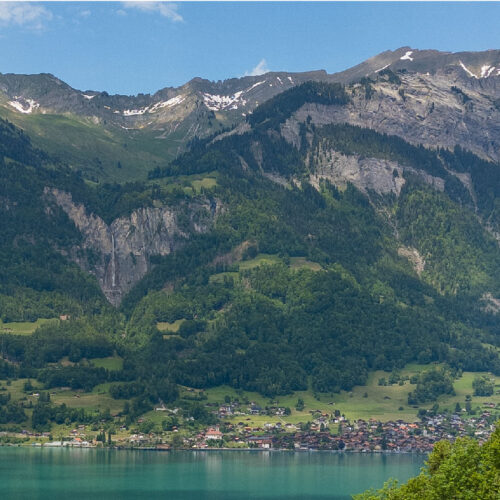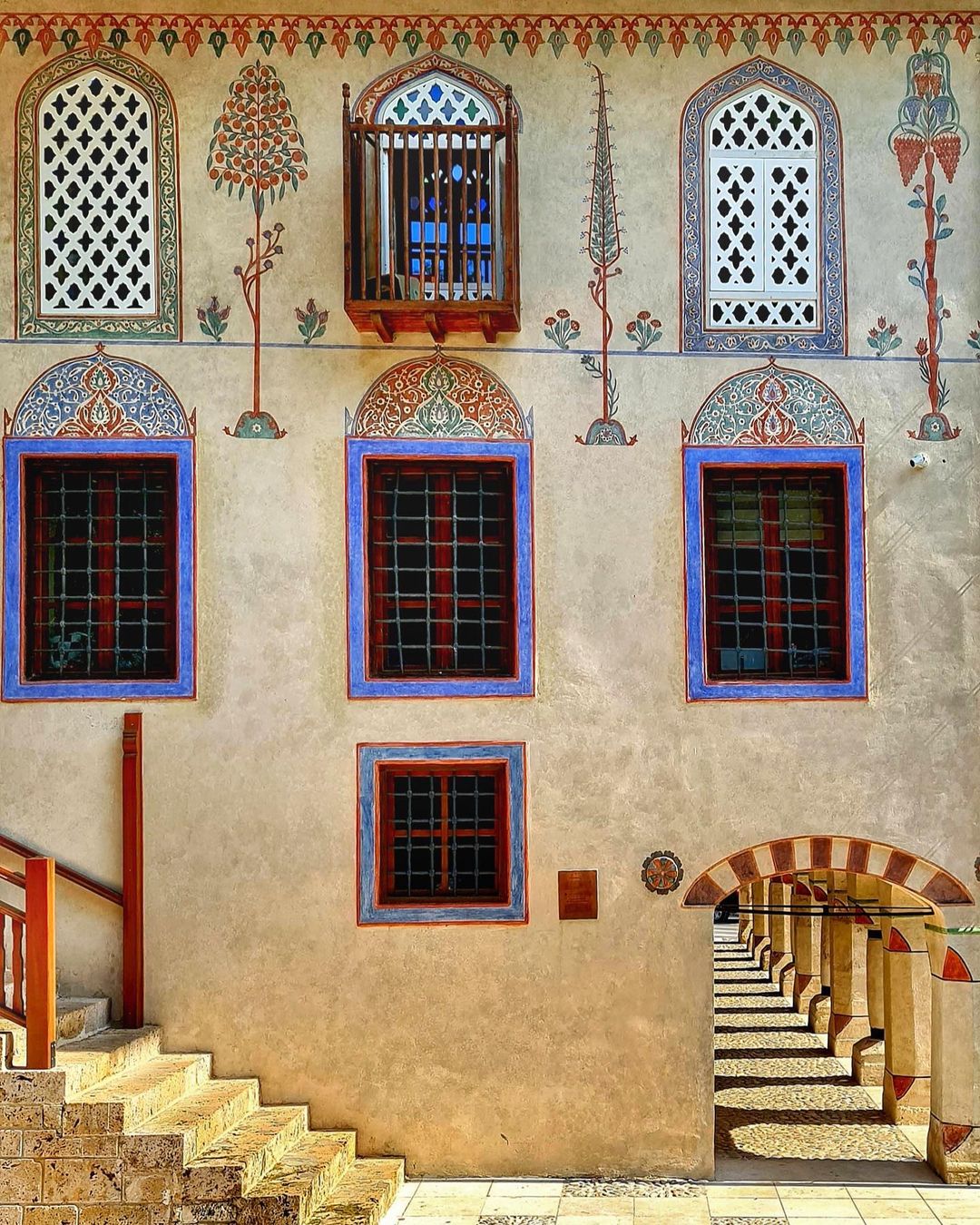With painted cypress trees and lilies gracing its old facade, this is no ordinary religious structure. Known as the “Colorful” or “Rainbow” Mosque, the vibrant colors of its exterior are a whimsical sight to any passerby on the streets of Travnik. However, don’t be fooled— it can be bold too, proudly wearing its minaret on the left side, the only one of its kind in Bosnia.
The Sulejmanija mosque, named after the famous ruler Suleiman the Great, reminds a visitor that this area was once a part of the vast Ottoman Empire. When Sarajevo was knocked out by European forces in 1699, Travnik became the de facto royal outpost in the region. While centuries have passed since Travnik was under imperial rule, “The City of Viziers” still holds many traces of its golden age as an Ottoman capital. Multiple mosques, two clock towers that once ran on a sundial, and many churches all are from this period of bringing the city to royal standards.
First constructed in 1757, the rainbow-filled mosque was financed by Vizier Sopa Salan Chamil Ahmed Pasha. Its rectangular construction allowed for a columned market at its base, with ten storefronts for merchants to sell textiles and goods. It fell prey to a terrible fire in 1815 but was reconstructed quickly to its current appearance as the vibrant cultural center of Travnik’s old town.
A garden of flowers and arabesque design in the mountains, the rainbow-colored structure is a perfect spot for reflection. Surviving multiple conflicts, fires, and neglect over its short history, the Sulejmanija remains a sacred part of the multicultural city.
 44.2265841, 17.6697792
44.2265841, 17.6697792



























Know more? Share with the community!
Submit Your ImageLogin/Sign Up.